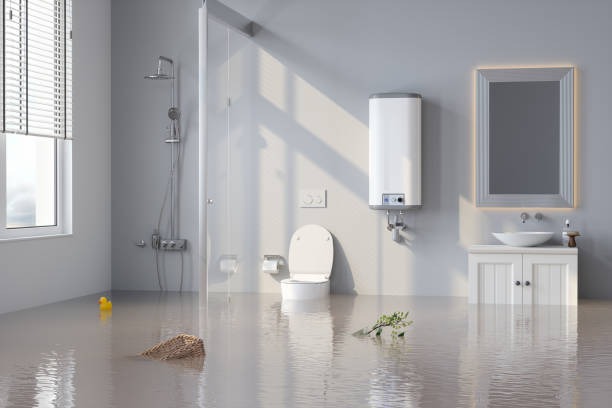Water damage restoration is a critical service that addresses the aftermath of water intrusions in residential and commercial properties. The process involves removing excess water, drying affected areas, and restoring damaged structures to their original condition. To ensure quality and safety, compliance with industry standards is paramount in water damage restoration services.
Compliance standards are established guidelines that dictate how restoration work should be conducted to achieve optimal results while ensuring the safety of both workers and occupants. These standards are developed by authoritative bodies such as the Institute of Inspection, Cleaning and Restoration Certification (IICRC) and other relevant organizations. They provide a framework for professionals to follow, ensuring consistency and reliability across all projects.
One key aspect of compliance in water damage restoration is adhering to proper assessment protocols. Before any remediation begins, a thorough inspection must be conducted to determine explore the possibilities damage. This includes identifying the source of water intrusion, categorizing the type of water involved—whether clean, gray, or black—and evaluating potential health risks associated with microbial growth or structural instability.
Once assessment is complete, technicians must follow standardized procedures for extraction and drying. Compliance requires using appropriate equipment like industrial-grade dehumidifiers and air movers designed specifically for effective moisture removal. Moreover, monitoring moisture levels throughout the process ensures that all affected areas are dried adequately before proceeding with repairs.
Another important consideration in compliance is addressing health hazards related to mold growth resulting from prolonged exposure to moisture. Mold remediation follows strict guidelines outlined by organizations like IICRC’s S520 Standard for Professional Mold Remediation. These guidelines emphasize containment measures to prevent cross-contamination during removal processes.
Safety protocols also play an integral role in compliance standards within this industry sector; personal protective equipment (PPE) must be worn by workers handling hazardous materials or operating heavy machinery on-site—a crucial step towards minimizing occupational risks associated with exposure during cleanup operations under potentially dangerous conditions caused due unforeseen circumstances arising unexpectedly at any given moment without prior warning whatsoever!



